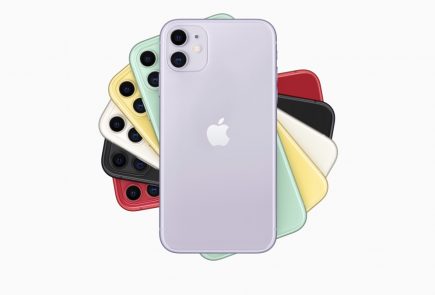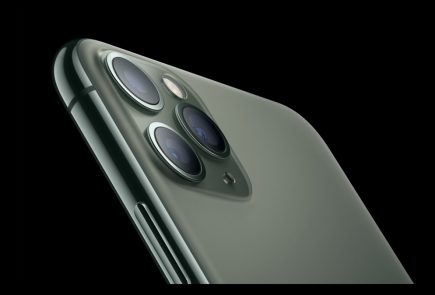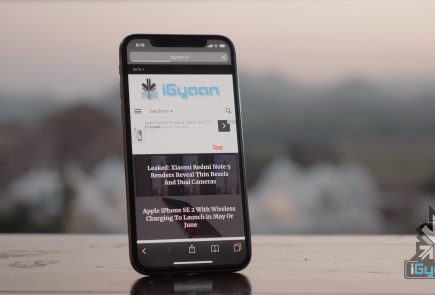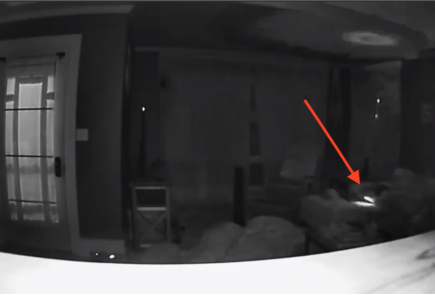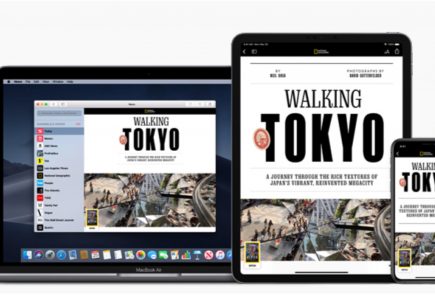Best Above Rs. 40,000 Smartphones Of 2015
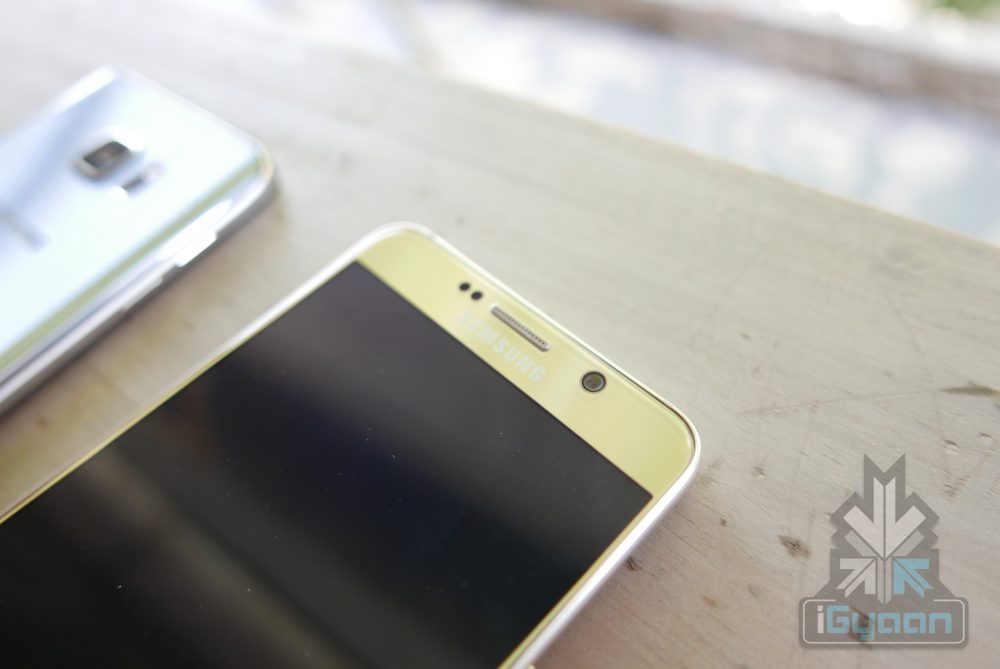
They came, they saw and they conquered 2015 -we take a look at smartphones above the price range of 40K in this list which took the tech circuit by storm this year.
Samsung Galaxy S6 Edge and Edge Plus: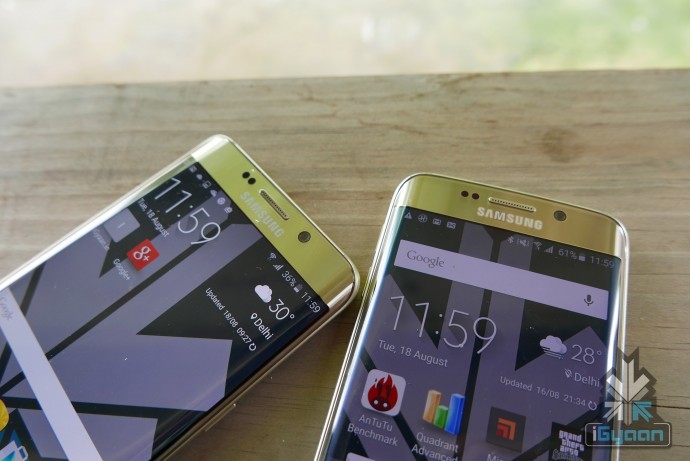
Samsung Galaxy S6 Edge sports a 5.1 inch Super Amoled screen and QuadHD resolution with a total of 577 ppi. Powered by a 2,600 mAh battery, the handset is available only with fixed storage of either 32GB, 64GB or 128GB, which are all based on UFS 2.0 (Universal Flash Storage). With 16 MP primary camera, it is capable of shooting 4K video as well. Click here to check out the hands on of the gold variant of Samsung Galaxy S6 Edge.
When it comes to S6 Edge+ -everything from display and resolution to chipset and cameras are identical to the Galaxy S6 Edge. However thanks to the new large display of the S6 Edge+ the pixel density drops to 515 ppi vs the mammoth 577 ppi on the S6 Edge. The Edge+ variant also sports a larger 3,000 mAh battery to combat the drain from the larger QHD Super AMOLED display. An additional 1 GB of LPDD4 RAM, takes it upto 4 GB on the Edge+ however the phone is missing the 128GB storage option as only the 32 and 64 GB variants will go on sale. Find the complete review of Galaxy S6 Edge+ here.
Samsung Galaxy Note 5:
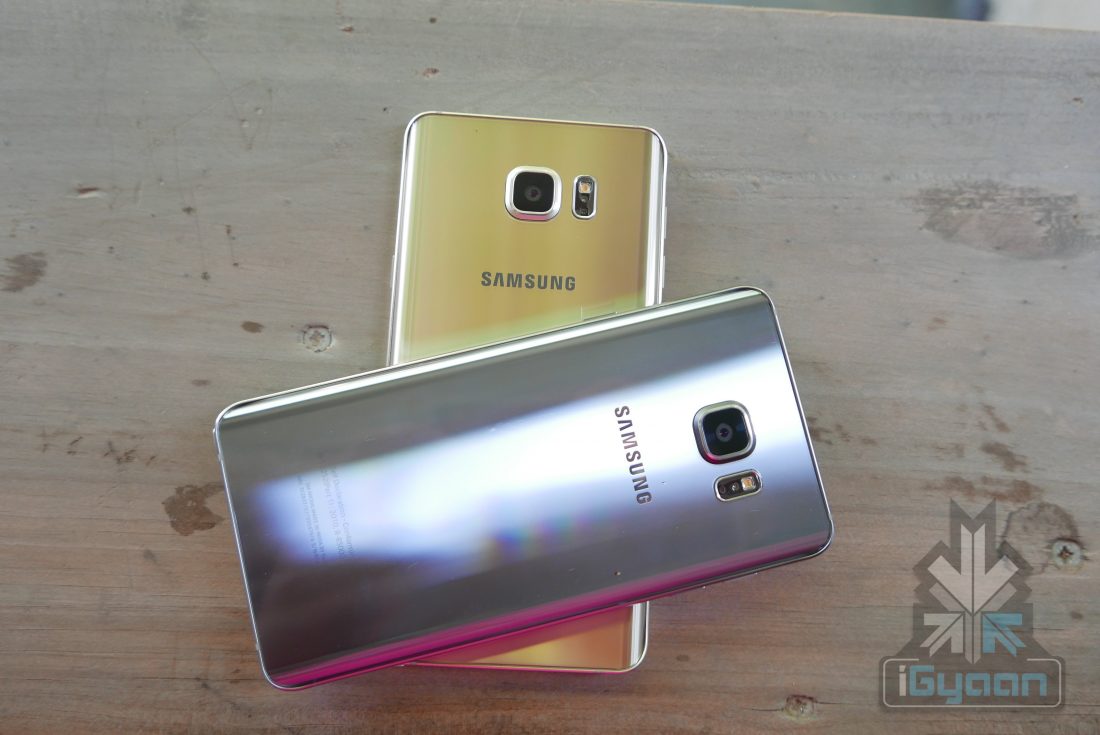
Samsung Galaxy Note 5
The Note 5 is a beautiful device thanks to its extensive use of glass and metal -Gorilla Glass 4 on the back and the front, and rear glass tapers in to the edges, putting the Edge display design on the back of the Note 5. It runs on what is possibly the best version of Samsung’s skin called “TouchWiz”. Other features include the Slick UI elements, use of power buttons to increase or decrease screen font size, the S-Pen, which is capable of giving previews, like before, and the super smooth pop ups. The 5.7 inch size of the screen is larger than before and hence reduces the PPI to 518. For more details of the Galaxy Note 5, click here.
iPhone 6s and 6s Plus: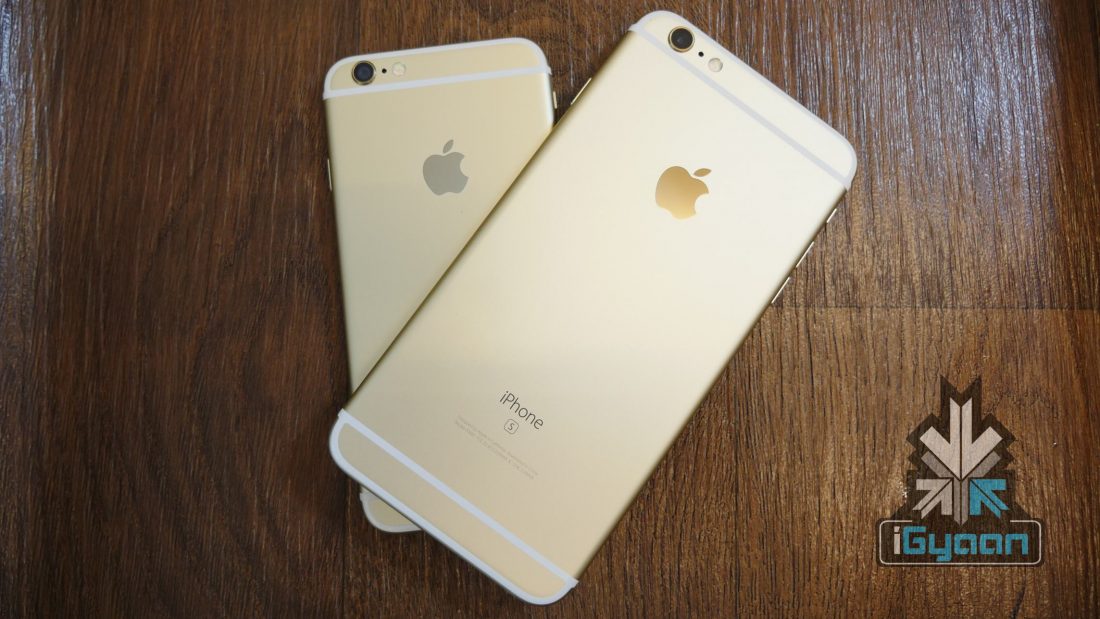 The iPhone 6s and 6s Plus add an improved Apple A9 chip and an M9 co-processor, along with enhanced cameras. There is a 12 MP rear camera that shoots 4K videos. On the front, there is a 5 MP snapper, which however is still restricted to 720p. Compared to the iPhone 6s’ 1330 x 720p display, the Apple iPhone 6s Plus gets a larger display with a 1920 x 1080p resolution. It also gets a bigger battery and Optical Image Stabilisation in the rear camera. Everything else on both devices is identical in terms of specifications.
The iPhone 6s and 6s Plus add an improved Apple A9 chip and an M9 co-processor, along with enhanced cameras. There is a 12 MP rear camera that shoots 4K videos. On the front, there is a 5 MP snapper, which however is still restricted to 720p. Compared to the iPhone 6s’ 1330 x 720p display, the Apple iPhone 6s Plus gets a larger display with a 1920 x 1080p resolution. It also gets a bigger battery and Optical Image Stabilisation in the rear camera. Everything else on both devices is identical in terms of specifications.
The introduction of the 3D Touch functionality is the highlight of iPhone 6s and 6s Plus, and the Peek and Pop UI of iOS 9 makes this feature infinitely fun. If you are in India and have been planning to buy iPhone 6s, now is the best time to do it. The smartphone has undergone a big price-cut of 11K -after being launched for Rs. 62,000 in India, it’s now available for 50K. There is a fall in the price of the iPhone 6s Plus as well but it’s not as drastic as the 6s. If you’re still unsure about the new iPhones, read our full review here.
Sony Xperia Z5 and Z5 Premium:
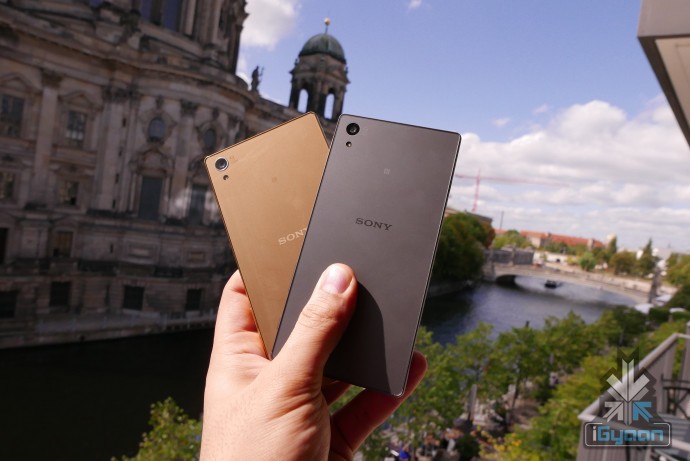
The Z5 Premium has a 5.5-inch 4K display. It is world’s first 4K display smartphone and comes with a 3,430 mAh battery, bigger than the Xperia Z5. The rest of the specs of the two phones are pretty much the same. The Sony Xpreria Z5 features a 5.2-inch full HD screen and 2900mAh battery. Both devices run on Android Lollipop 5.1, powered by a 64-bit octa-core Snapdragon 810 chipset with Adreno 430 GPU, 3GB RAM, 32GB storage (expandable to 200 GB).
The devices also come with a 23MP primary camera and a 5 MP camera in front. There is also a fingerprint scanner in the power button on the side of the device.
The Xperia Z5 has a matt finish that looks great. The Z5 Premium, on the other hand, has a glossy finish and will be available in Gold or Chrome. The front of the devices has BoomSound-styled dual speakers that are loud and give a crisp, well balanced sound. Click here for the complete hands on of Sony Xperia Z5 and Z5 Premium.
Lumia 950 and 950 XL:
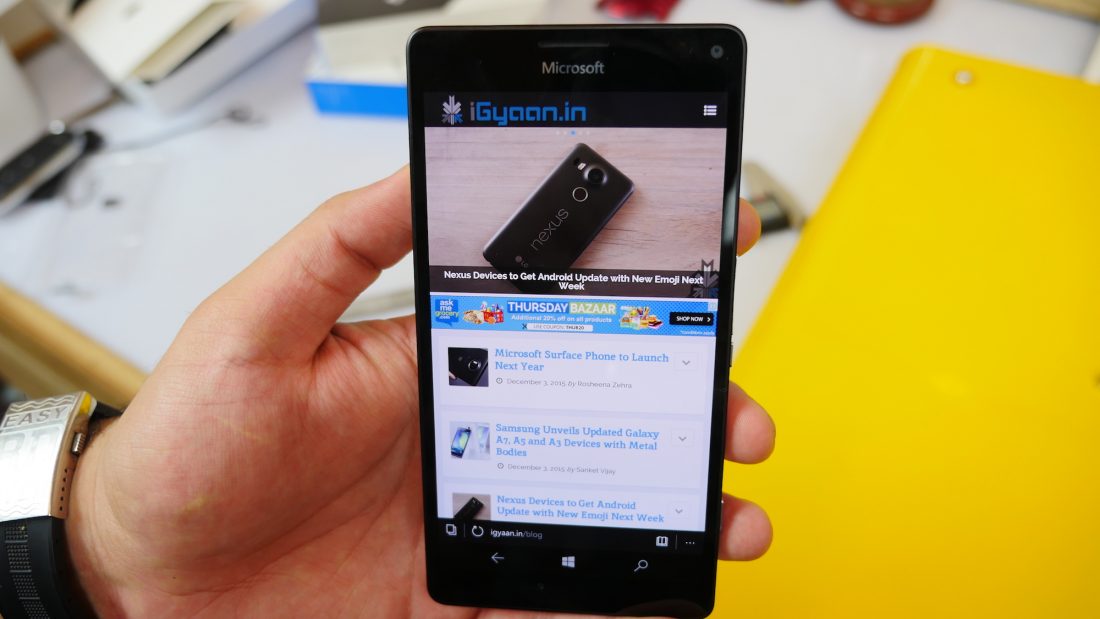
Microsoft Lumia 950 XL
The Lumia 950 sports a 5.2-inch AMOLED display with 2560×1440 pixel resolution and a pixel density of 564 ppi for clear, sharp images. The 950 XL, on the other hand, comes with a larger 5.7-inch IPS display with 2560×1440 pixel resolution and a pixel density of 518 ppi. This is the first time Microsoft has used QHD display in its Lumia lineup.
The Lumia 950 is powered by a hexa-core Qualcomm Snapdragon 808 processor with 3GB of RAM while the 950 XL packs in a 64-bit octa-core Qualcomm Snapdragon 810 processor with 3GB of RAM. Both phones feature a liquid cooling technology, similar to the one found in the Surface tablet computer.
Lumia 950 and 950 XL have 32 GB of internal storage along with a MicroSD slot that allows up to 200 GB of expandable storage. The devices sport a 20MP primary camera with triple LED flash and fifth generation OIS, all of which promises detailed low light pictures.
The selfie snapper is marked at 5 MP and has a physical camera button. One of the biggest USPs of these Windows devices is the Continuum feature -you can read about it as well as all other specs of Lumia 950 and 950 XL on iGyaan.
The Turing Phone: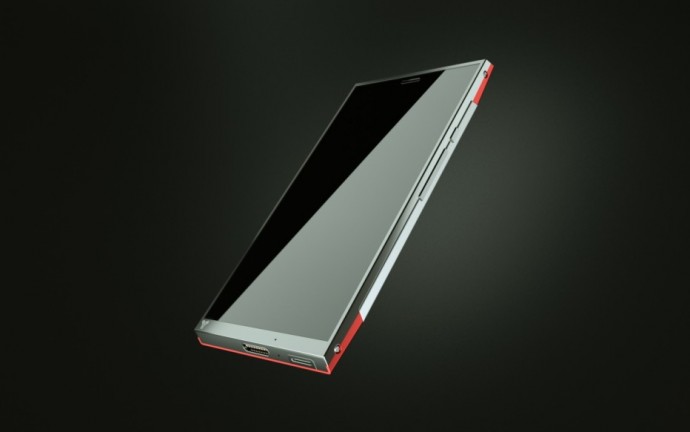
The Turing phone is an Android phone that is designed around the idea of being unhackable. It does not come with a USB port or headphone jack or any other extension that could be used to manipulate its data, leaving BlackBerry far behind in terms of security measures.
The specs of this phone include a 5.5-inch 1080p LCD, a Snapdragon 801, 3GB of RAM, a 13MP rear and an 8MP front camera, 3,000 mAh battery and a fingerprint scanner on the left side of the phone.The phone runs on a hardened version of Android 5.1 with built-in end-to-end encryption with Turing Aemaeth UI. The phone can be charged via a magnetically attached power connector, like Apple’s MagSafe.
When registrations had begun back in August this year, the 16 GB, 64 GB, and 128 GB variants were priced at $610 (approximately Rs 39,000), $740 (approximately Rs 47,300) and $870 (approximately Rs 55,700) respectively. Additionally, the dark Wyvern special edition Turing phone was available for $999 (approx. Rs.66,023), and the Dark Wyvern “Glaedr” special edition was available for $1299 (approx. Rs. 85,850). The pre-order period for the Turing phone has ended for now but you can sign up for the next round here.
BlackBerry Priv:
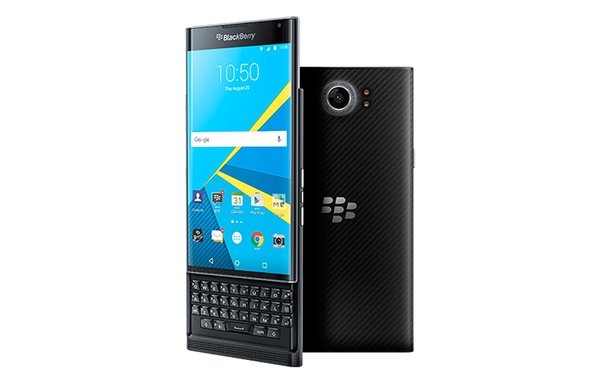 Though the phone is yet to arrive in the country, a list of smartphones from 2015 priced over 40K won’t be complete without the BlackBerry Priv. It’s Android-powered, but is very much a BlackBerry phone. Privacy and security is of major importance here and that’s what Priv stands for. The handset is a hybrid with both a full touchscreen as well as a slide-out QWERTY keyboard. This means the phone caters to both touchscreen fans as well as keyboard loyalists. And given that very few devices today offer a keyboard, this may just work in BlackBerry’s favour.
Though the phone is yet to arrive in the country, a list of smartphones from 2015 priced over 40K won’t be complete without the BlackBerry Priv. It’s Android-powered, but is very much a BlackBerry phone. Privacy and security is of major importance here and that’s what Priv stands for. The handset is a hybrid with both a full touchscreen as well as a slide-out QWERTY keyboard. This means the phone caters to both touchscreen fans as well as keyboard loyalists. And given that very few devices today offer a keyboard, this may just work in BlackBerry’s favour.
The Priv comes with a Snapdragon 808 processor and 3 GB of RAM with 32 GB extendable storage. It features a 5.5 -inch curved display with a 1440×2560 pixel resolution and 537ppi. Finally, the phone has an 18 MP primary camera and a 5 MP front camera. The Indian pricing of the device is expected to be close to Rs. 50,000.
Moto Droid Turbo 2/Moto X Force: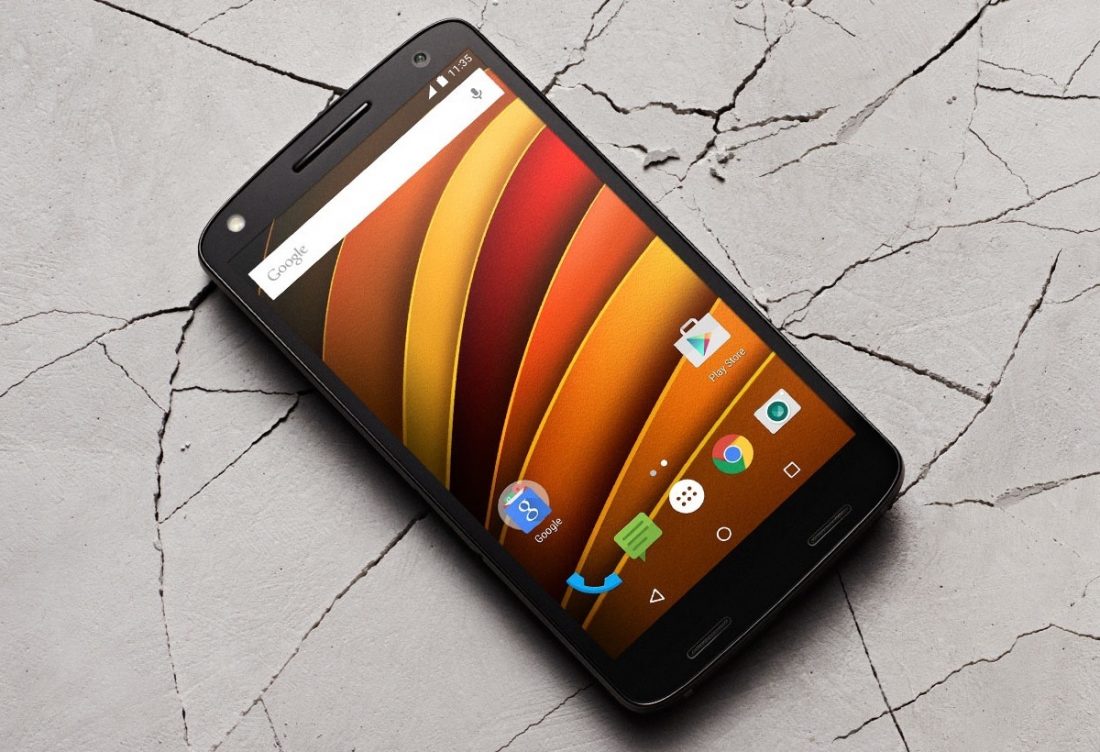 The phone, famous because of its ‘crack-proof’ screen, has not hit the Indian markets yet but is expected to arrive soon. Launched as Droid Turbo 2 in the US, the smartphone is expected to be released with its current price tag of $624 (Rs. 40,000 approximately) and $720 (Rs. 47,000 approximately) for the 32 GB and 64 GB variants respectively.
The phone, famous because of its ‘crack-proof’ screen, has not hit the Indian markets yet but is expected to arrive soon. Launched as Droid Turbo 2 in the US, the smartphone is expected to be released with its current price tag of $624 (Rs. 40,000 approximately) and $720 (Rs. 47,000 approximately) for the 32 GB and 64 GB variants respectively.
On the specs front, Moto X Force packs a 5.4 inch Quad HD display with a resolution of 2560×1440 pixels. It is powered by Qualcomm Snapdragon 810 octa-core chipset along with 3 GB of RAM. The two internal storage options of 32 GB and 64 GB are expandable up to 2 TB with the help of a microSD card.The highlight of the device is its super-hardy screen.
Needless to say, Motorola cannot stop talking about its first ever shatter-proof phone in the world. Let’s see if Moto X Force manages to live up to all the expectations. It seems like a pretty neat device which is why it’s included in this list.

















